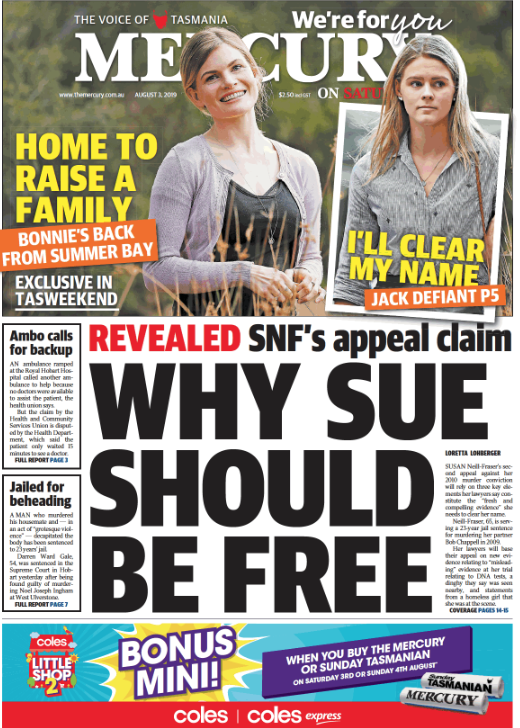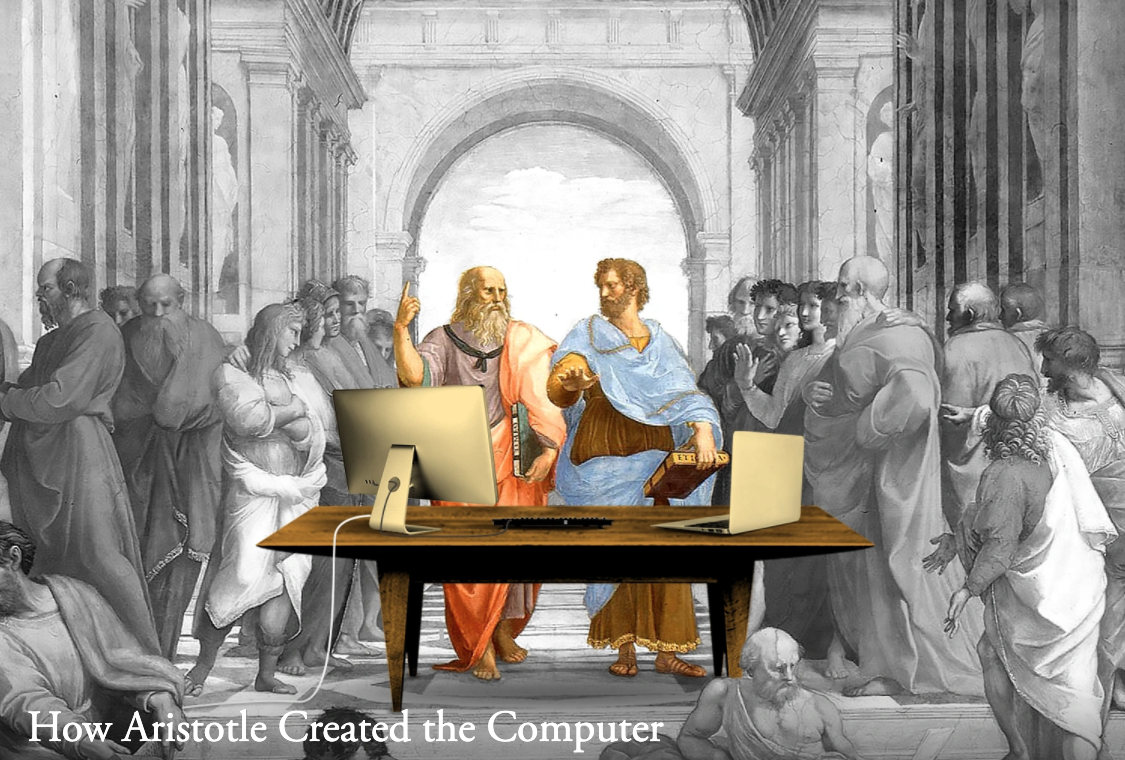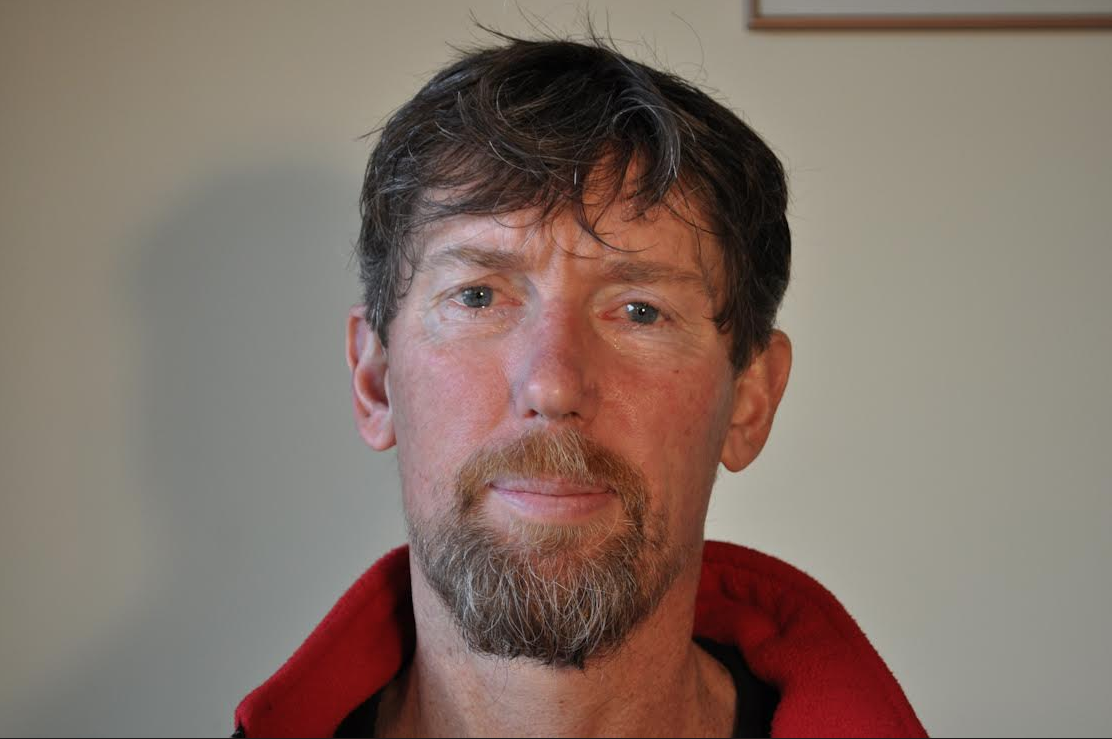In the 2010 trial of Sue Neill-Fraser, there was an absence of evidentiary proof for establishing the Major Premise of the crime – an essential fact for a valid inference of guilt, writes BENJAMIN DEAN,* in this 3-part analysis of the case applying formal logic#. Part 2 – accused not at crime scene
To validly infer guilt, at least in the circumstantial case of Bob Chappell’s disappearance, it is to argue logical converse equivalence between the crime and a perpetrator. This can be formally expressed by the Propositional Logic conditional (p ≡ q). Which equates to ((if p, then q) AND (if q, the p)), meaning all p’s are q’s and all q’s are p’s only. In other words, all the circumstances of this Crime (p) point to this Perpetrator (q) only. Consistent with the evidence, no reasonable alternative can exist, without falsifying the conclusion of guilt, is validated by this conditional inference. The validity (of the argument structure) is dependent on the logical converse equivalence in truth values between the rules, ((if p, then q) AND (if q, then p only)).
Functionally, it is to establish in evidence three essential premises. Firstly, the Major Premise for the crime, necessary for knowing type, place and time. Secondly, the connection of a perpetrator to a crime in time and space, and thirdly, all the facts are consistent with the perpetrator acting alone. Similarly, an uncoerced and detailed confession could be of the quality to show logical equivalence between the crime (p) and a perpetrator (q), and in effect establishing the three essential premises.
no evidence accused was at crime scene
Yet despite some 700 hours of audio surveillance by Tasmania Police of Sue Neill-Fraser, her family, and visiting friends, no confession and none of these Essential Premises necessary for the conviction to make any sense, were established in evidence. There was no proof for the ‘manner of death’, necessary for establishing the type of crime as murder, or to know for certain the place of the crime was on the Four Winds yacht, or to infer when. There was no compelling evidence to place Neill-Fraser on the yacht, and all evidence of others on the yacht, has to date been effectively disregarded as irrelevant by the Court.

Four Winds
Ignoring the hurdle of inferring the Four Winds as the place of the crime, because then there was an absence of evidence to know if Bob Chappell was dead, let alone murdered. There was insufficient evidence to place Neill-Fraser on the yacht. At trial in 2010, the defence argued to the trial Judge, that there was no case to answer, because of this paucity of evidence to establish the essential facts1.
If the accused was not at the crime scene that is compelling evidence of innocence. And to distinguish between the innocent and the guilty, it is a necessary burden on a fair court to provide evidence to prove who in fact was present on the yacht. Otherwise, in the absence of evidence placing Neill-Fraser on the Four Winds yacht, there is no case to answer.
The trial judge effectively dismissed the argument. And thanks to the nature of legal precedent, the judge has thus effectively normalised a process in which even if an accused is not proven to be at the crime scene, that is not considered a valid reason to be presumed innocent in the State of Tasmania.
Furthermore, while there is any outstanding evidence of others on the Four Winds yacht, then the conclusion of guilt is false, in accordance with Propositional logic Bi-conditional rules for a valid inference, since all the circumstances cannot rationally point only to the accused. The significance of this evidence has become a tournament between State Authority and the People of Tasmania, when in fact, it indicates the deficiency with the original investigation.
In the absence of sufficient evidence to establish the Essential Premises, the Crown used a common fallacy for arguing guilt, recognised formally as Affirming the Consequent, or Converse Error. In which the prosecution implied guilt, by conversely showing Neill-Fraser as the perpetrator (q), because of her lies, red herrings, confused alibi, broken relationship, knowledge of boats, a cut hand, red jacket etc. 2, implying murder (p) was Bob Chappell’s manner of death. It is fallacious because one can be a perpetrator to many acts, and murder not necessary any of those acts. To be a valid inference, it must be shown to have converse logical equivalence, in which the formal expression ((if p then q) and (if q then p)) becomes the Test on Evidence to determine logical equivalence.

The Mercury 3 August, 2019
For example, to Test evidence of a lie to validly infer a murderer, as was suggested by the Crown Prosecution’s multiple lie references at trial, then converse logical equivalence (in truth values) must exist between the two propositions; All murderers (p) are liars (q), AND all liars (q) are murderers (p) only. If, and only if, both propositions are true, then evidence of a lie is a valid inference for identifying a murderer, and a conviction would be the correct conclusion.
If on the other hand, on average all people lie, and in the great majority of times for reasons other than having murdered someone, then the inference is fallacious, and the implication of a lie indicating a murderer is prejudicial of the truth. ‘All liars are only murderers’, is far from the truth, and the inference has no logical converse equivalence.
Similarly, the presentation of the presumptive results of glowing luminol to infer blood in the yacht’s tender, in the absence of a confirmatory test for blood is prejudicial of the truth simply because many common substances will make luminol glow. The necessity of a confirmatory test is to validate logical converse equivalence (in truth values, (p ≡ q)) between both the glow of luminol and the presence of blood.
Inspector Peter Powell identified seven pieces of evidence as key to the case in a TasPol media release3. An injury to her hand, being one he believed to be compelling evidence for guilt. Inferring if anyone was to murder someone then some type of injury is inevitable. This inference is fallacious because the great majority of injuries to all people are for reason other than having murdered someone. Evidence of an injury, has no logical converse equivalence to infer murder only. It is simply the Affirmation of the Consequent of Neill-Fraser being a perpetrator, and fails to establish murder as the necessary condition to have a perpetrator. Most of the key evidence identified by the Chief Investigator Inspector Peter Powell fallaciously Affirmed the Consequent (fails to prove the crime).
The Tasmanian Court continues to uphold this fallacious argument to determine guilt. A court that determines guilt by a fallacious argument, where the truth has been lost, cannot rationally be considered a fair court. The imprisonment of Sue Neill-Fraser is a continuing violation of fundamental Human Rights by the State of Tasmania.
- Tasmania v Neill-Fraser (2010) TASSC Evidence repeated references throughout the trial.
- Tasmania v Neill-Fraser (2010) TASSC p1064 – 1081
- https://www.police.tas.gov.au/news-events/media-releases/tasmania-police-statement-2-susan-neill-fraser-case/
 # Formal Logic can be described as the science for a valid inference, and Aristotle is generally considered the Founding Father. Formal logic has traditionally focused on deductive (either true or false) reasoning. Validity is related to the structure or form of an argument, and not concerned about the content/premises of the argument form. In an argument, if the content (or premises) are true statements, and the form is valid, then the argument is considered sound, and the conclusion can be guaranteed true. Without this mathematical precision in formal logic, modern computing could not exist.
# Formal Logic can be described as the science for a valid inference, and Aristotle is generally considered the Founding Father. Formal logic has traditionally focused on deductive (either true or false) reasoning. Validity is related to the structure or form of an argument, and not concerned about the content/premises of the argument form. In an argument, if the content (or premises) are true statements, and the form is valid, then the argument is considered sound, and the conclusion can be guaranteed true. Without this mathematical precision in formal logic, modern computing could not exist.

Benjamin Dean
* Benjamin Dean observed this trial at the Supreme Court of Tasmania, in October 2010 and has followed the case ever since. He has a BSc, having studied the natural sciences and computing. He has a strong philosophical interest in cultural epistemology, and its evolutionary advantage.
Part 3 will be published on Sunday, September 6, 2020

Essentially, Ms. Sue Neill-Fraser was the victim of a dubious DPP’s exhalations of hot air. The conviction of the above-named accused was not based on any material evidence, why?
No material evidence had been established.
All that I could detect that was paramount in this matter was the intent to pervert the cause of justice by a dubious DPP.
No amount of inordinate protestation and bitter retribution will work, though, because the Chinese whispers have been heard, and the world wants answers.
Rosemary, I put up that sentence because it says Chinese whispers..
You said ” just a story ” against SNF.
My Chinese whispers came from the Tasmanian Mercury newspaper yesterday or so.
Now we know what they are; just a story. So what we have are Tasmanian whispers.
Tasmanian whispers are real; destroy people through character assasination and ruin small businesses. create conflict, division and violence.
Tasmania thrives on Chinese whispers, Tasmanian whispers, gossip and lies.
WHAT IS IT ABOUT THE PLACE.
is SATAN TRUE? DOES THE DEVIL CONTROL TASMANIA. THEY LOVE THE DEVIL.
Peter Powell’s forensic skills were displayed in an interview on TV. He tapped his nose and said: “I have a very sensitive nose, it can smell guilt. It smelt guilt all over Neill-Fraser.” His nose destroyed an innocent person. God help us.
That interview is from the docuseries screened on Channel 7 – except in Tasmania. It can be viewed here:
https://7plus.com.au/undercurrent-real-murder-investigation
Agree 100% Benjamin. The trial fails on the most fundamental of flaws. It was just a story to turn the jury against Sue Neill-Fraser to get the result which is on so many levels an unsafe conviction and Sue needs to be cleared asap.